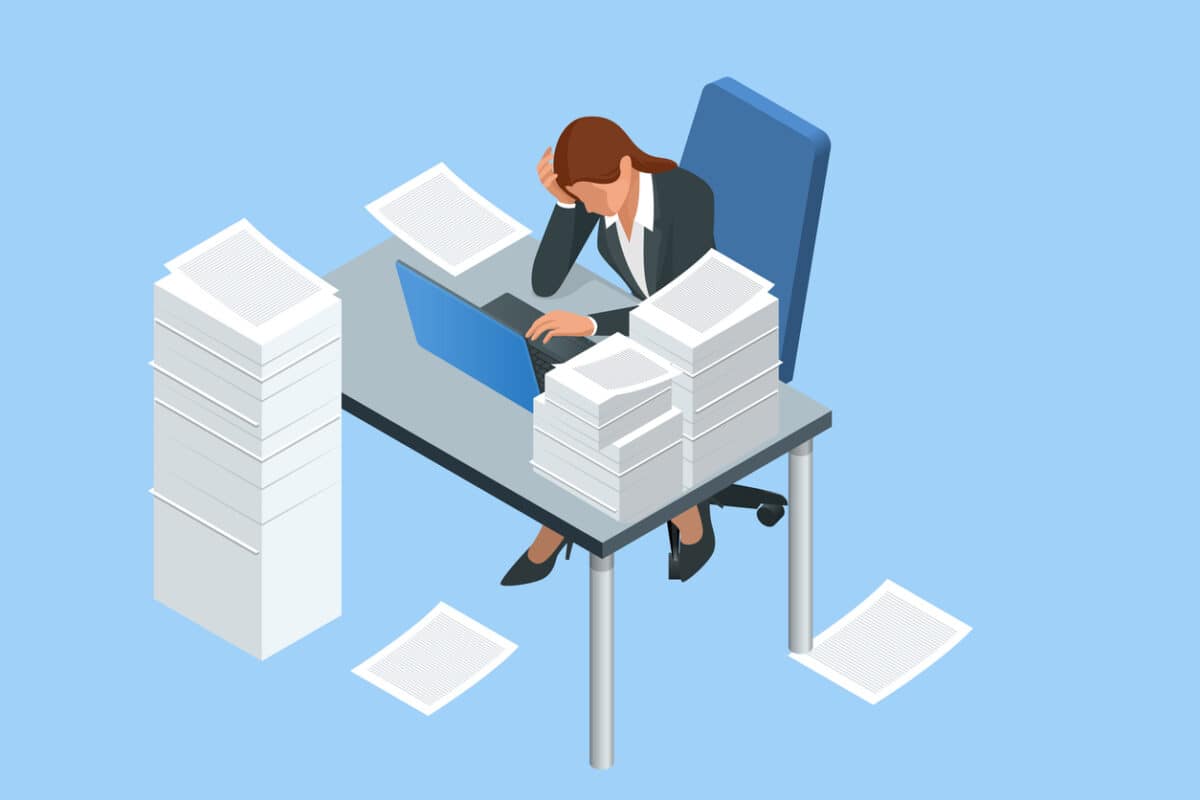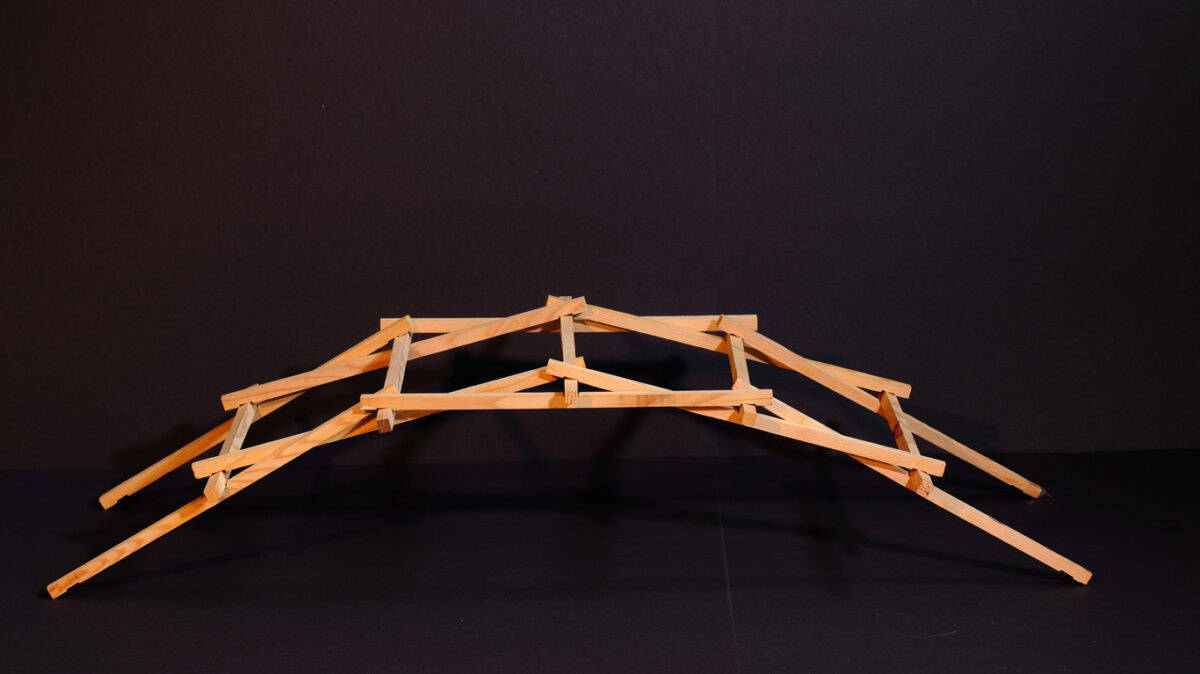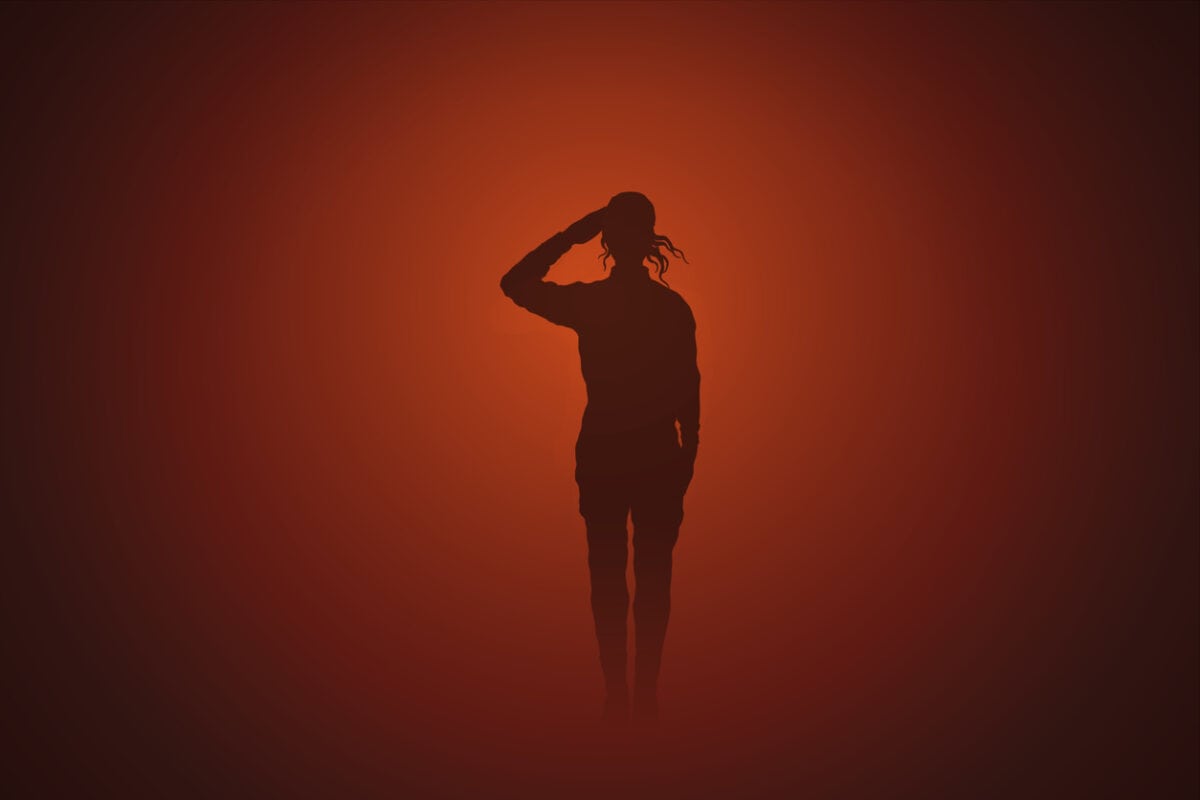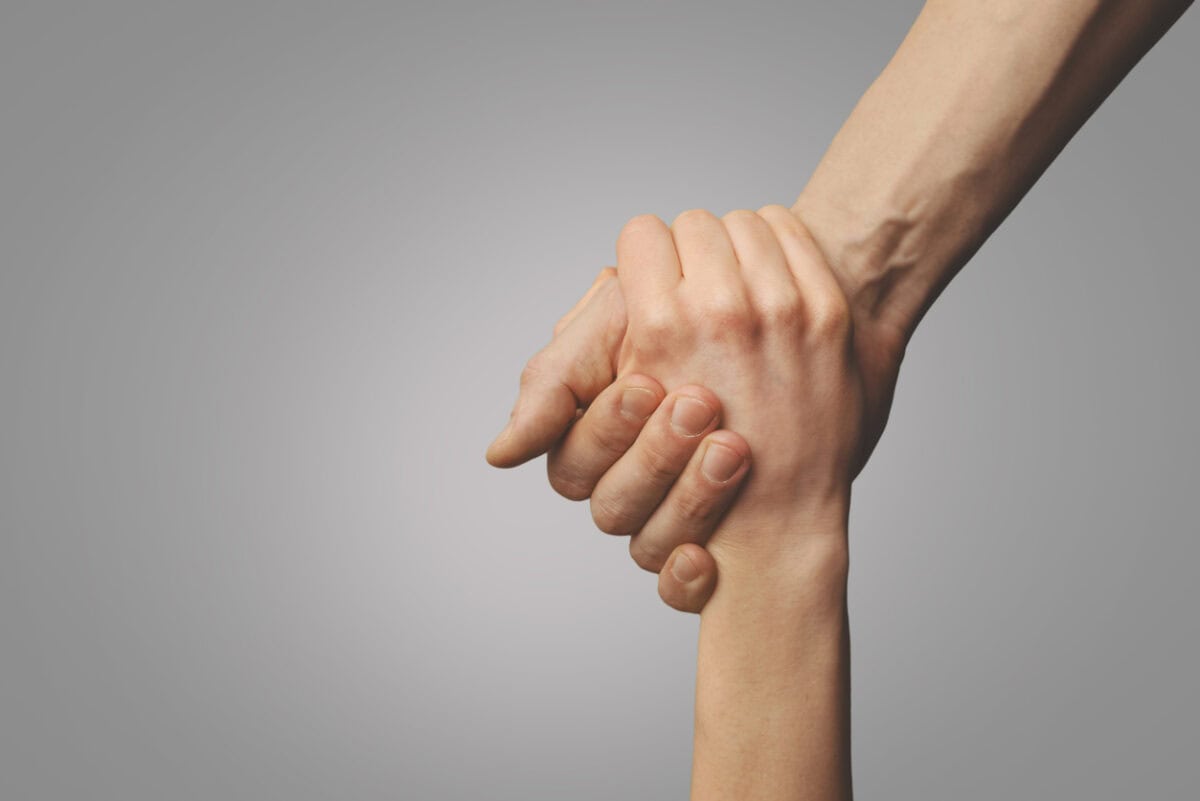On August 29, 2019, Scott Jordan returned to his Ballarat home from work. He noticed his wife’s car was not parked in its usual location. Scott walked through to the shed looking for Karla Jordan and found her dead by suicide with a notebook on the floor nearby. The Victorian Coroner’s Prevention Unit “considered Ms Jordan’s workplace environment was the primary stressor in the lead up to her acute mental health decline and suicide”. The Coroner’s findings provide an important case study for examining psychosocial hazards in the workplace.
Category: suicide
Psychosocial and psychological wisdom
LinkedIn is becoming similar to Facebook in some ways, but it still provides excellent interpretations of occupational health and safety (OHS) laws and important social perspectives. Below are two such posts, reproduced with permission from the authors Richard Coleman and David Burroughs. (I have asked Richard to write some articles exclusively for SafetyAtWorkBlog)
Our understanding of suicides is improving…..finally
[The following article discusses suicide]
In November 2024, Victorian Coroner John Cain said:
“”While our early research suggests that Victoria’s suicide rate has not increased overall, it is troubling that we continue to see no sustained reduction in lives lost.”
Cain has instigated a research program with the Melbourne School of Population and Global Health at the University of Melbourne to provide a better understanding of suicide trends and rates. An understanding supported and queried by an article (paywalled) in The Weekend Australia written by journalist Stephen Corby.
Another multifactorial approach required. This time on suicides
[The following article discusses suicides]
Suicide has been a running thread in this blog for many years, and the occupational health and safety context will continue to be examined. The issue appears in unlikely locations, such as a book translated from French called “The New Spirit of Capitalism”.
The study of suicide is finally overcoming the social stigma to accept that the causes are many, in work and in life, and that mental illness is not always present when people decide to die by suicide. Statistics have helped enormously in this by showing that rates of suicide have not declined, even with millions of government dollars going to mental health organisations.
Here are Luc Boltanski‘s and Eve Chiapello‘s thoughts on those causes and statistics:
Latest OHS News from Herbert Smith Freehills
One of the most important sources of information about occupational health and safety (OHS) is seminars organised by law firms. A great example was a webinar hosted by Herbert Smith Freehills on October 30, 2024, as part of its Safety Leadership Series. It was a general discussion on Australia’s most prominent OHS issues but outlined increasingly significant consequences.
If it cannot be done safely, it should not be done at all
“If it cannot be done safely, it should not be done at all.” I have heard this phrase repeatedly over the last 12 months in particular. It is a truth, but it also avoids all of the flexibility our occupational health and safety (OHS) laws, institutions and interpretations have allowed for decades. Perhaps our tolerance of this flexibility is fading.
I was reminded of the quote above when reading an article (paywalled) in The Times on October 17, 2024, written by Will Humphries titled “Army sexual harassment: ‘People wouldn’t join if they knew the truth’”.
A hopeful book about suicide and mental health
John Brogden‘s book Profiles in Hope sounds like it is about suicide, but it is about much more than that. His interviews with a broad group of Australians, some very prominent, say a lot about growing up, anxiety, depression, distress, trauma and, sometimes, suicide, but it is primarily about hope.
This is not a book about personal enlightenment or personal resilience, although some interviews touch on these issues. Thankfully, this book is not a wellness tome masquerading as marketing for soy candles, essential oils, corporate gullibility, and overpriced wilderness retreats. Though there is enlightenment, several interviews confront the reader.






